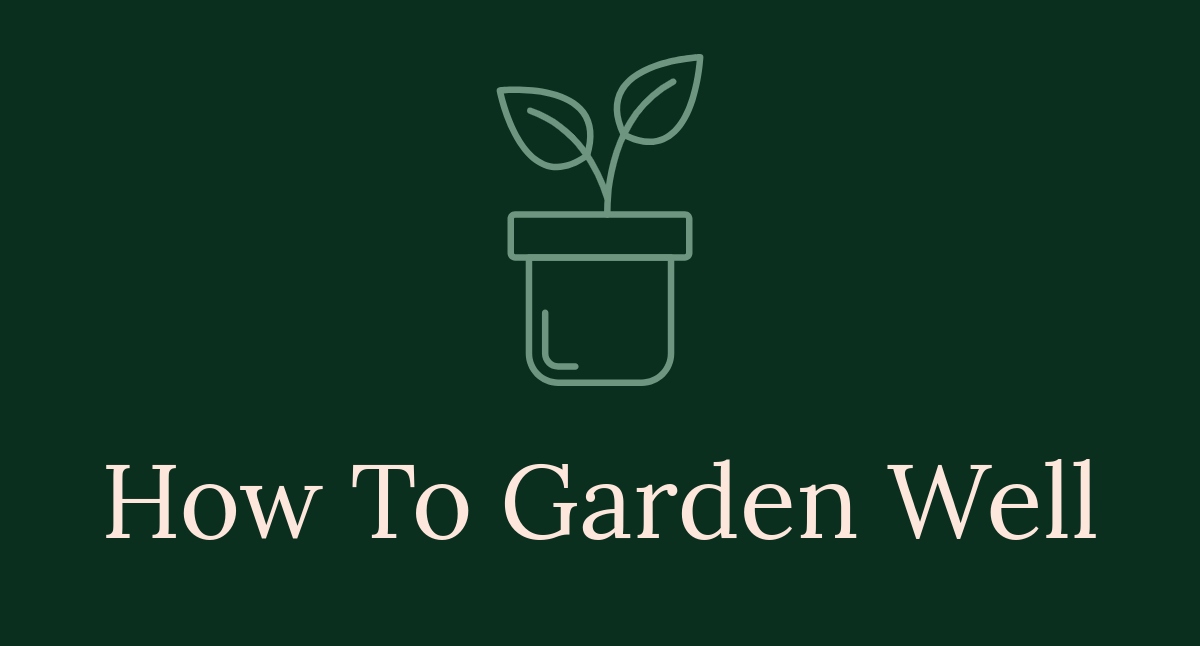
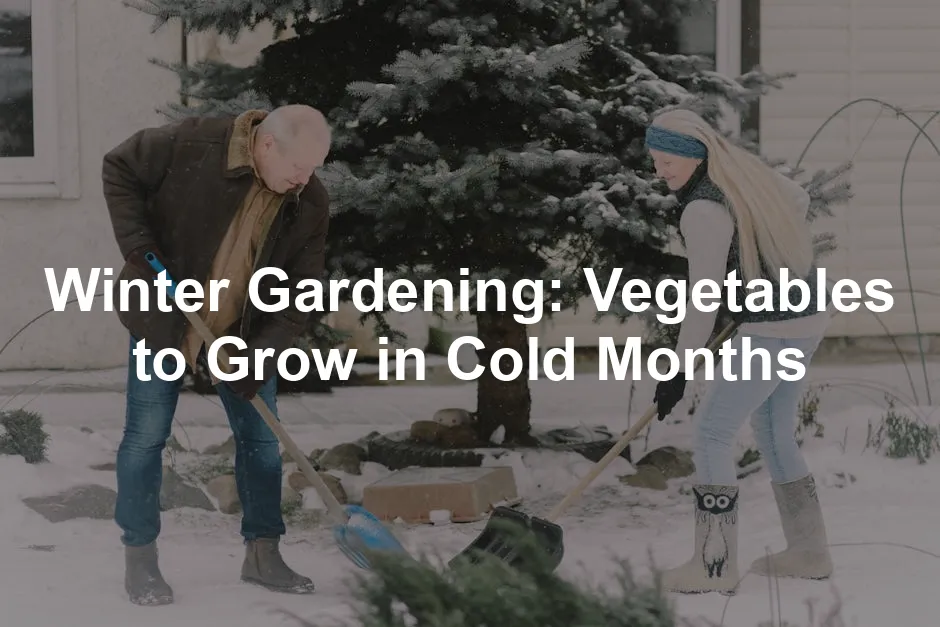
Winter Gardening: Vegetables to Grow in Cold Months
Introduction
Winter gardening is often thought of as an impossible feat, but it can actually be a gardener’s secret weapon! While the world outside may be blanketed in snow, your garden can still be a vibrant source of fresh produce. Imagine stepping outside to harvest sweet, crunchy carrots or a handful of leafy greens, all while the cold air nips at your nose. This guide is designed for both seasoned green thumbs and curious newcomers, offering insights into the best vegetables to grow during the colder months.
Many gardeners hang up their tools until spring, but winter gardening opens a whole new world of flavor and fun. The crispness of winter air invigorates your gardening spirit. Plus, many vegetables grown in cooler temperatures actually taste sweeter after a frost. It’s like Mother Nature’s way of adding a sprinkle of magic to your meals!
You don’t need a fancy greenhouse or a degree in horticulture to succeed. With the right choices, any garden can thrive during winter. So grab your gloves and let’s jump into the frosty world of winter gardening! Together, we’ll uncover the secrets behind growing vegetables that not only survive but thrive in the chilly months. You’ll be amazed at the bounty you can reap while others are stuck in the produce aisle, dreaming of summer’s bounty.
Speaking of gloves, if you’re looking for something to keep your hands warm while you work, check out these Heavy Duty Garden Gloves. They’ll protect your hands from the cold and the dirt while you dig into your winter gardening adventure!

Summary
This article will explore the ins and outs of winter gardening, focusing on the vegetables that thrive in cold months. We’ll discuss the numerous benefits of winter gardening, including extending your growing season and enjoying fresher, sweeter produce. Key topics include selecting the right crops, understanding planting schedules, soil preparation, feeding and watering techniques, and protecting your garden from frost and snow.
By the end, you’ll be equipped with the knowledge and confidence to successfully grow a winter vegetable garden that can provide nourishment throughout the chilly months. Get ready to transform your winter landscape into a bountiful garden! Winter gardening isn’t just about survival; it’s about thriving! You’ll learn how to nurture crops that will keep your plate colorful and nutritious, even in the darkest months.
So, whether you’re eyeing a handful of vibrant kale or dreaming of hearty carrots, this guide will be your trusty companion. Embrace the cold and start planning your winter vegetable garden today. Trust us—you won’t regret it when you’re harvesting fresh produce while others are digging through frozen grocery aisles!
If you’re just starting out, consider a Vegetable Garden Planner Calendar. It’s a great tool to help you keep track of when to plant and harvest your crops!

Benefits of Winter Gardening
Why Grow in Winter?
Extending the Growing Season
Why let your garden hibernate? Winter gardening keeps your green thumb busy! You can maximize your garden space year-round. This means no more staring at empty patches while dreaming of fresh produce. Instead, imagine lovely leafy greens peeking through the frost. By planting winter crops, you can stretch your harvests well into the cold months.
Improved Flavor
Surprisingly, some veggies taste better when it’s chilly! Frost acts like a natural sweetener. For instance, carrots and kale develop a delightful sweetness after a frost. So, if you want to savor the tastiest veggies, winter is your secret weapon. Who knew chilly weather could make your meals so much yummier?
Emotional Well-being
Feeling the winter blues? Gardening can lift your spirits! Engaging with plants during the colder months provides a sense of purpose. Plus, spending time outdoors can help fight off feelings of isolation. Cultivating a garden in winter connects you with nature and promotes mental health. So, grab your shovel and shake off that seasonal slump!
Winter gardening offers numerous advantages. It allows you to extend your harvest, enhance flavors, and boost your mood. So whether you’re a seasoned gardener or just starting out, the cold months can be a fantastic time to grow. With a little planning, you can enjoy homegrown produce while everyone else is waiting for spring. And if you’re looking for some organic options, check out this Organic Vegetable Seeds Variety Pack to get you started!
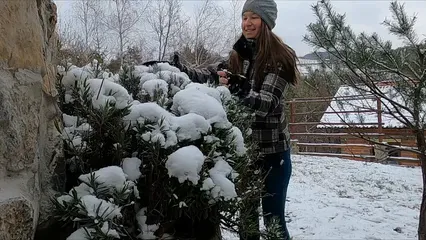
Selecting Cold-Hardy Vegetables
Top Vegetables to Grow in Winter
Leafy Greens
Let’s talk about the superheroes of winter gardening! Spinach, kale, and Swiss chard are all champions of cold weather. These greens thrive in lower temperatures and often taste even better as the weather cools. Spinach, for instance, can handle temperatures down to 15°F. Kale is equally impressive, maintaining its vibrant green leaves despite frost. Swiss chard, with its colorful stems, brings a bit of cheer to the winter garden.
Root Vegetables
Carrots, beets, and turnips are winter’s underground treasures. They not only survive the chill but also become sweeter when exposed to frost. Carrots can handle temperatures as low as 15°F, while beets love the cold and can be harvested throughout winter. Turnips offer both roots and greens, making them a versatile choice. Plus, they’re perfect for hearty winter soups!
Cruciferous
If you love broccoli, cabbage, and Brussels sprouts, you’re in luck! These cool-weather crops are tough as nails. Broccoli can survive freezing temperatures, and its flavor often improves with frost exposure. Cabbage and Brussels sprouts also thrive during winter. They can withstand cold snaps and still produce delicious, nutritious harvests.
Alliums
Garlic and onions are winter warriors! Plant garlic in the fall for a summer harvest, and watch it thrive through the winter. Onions, especially green onions, can tolerate frost and are easy to grow. Both of these alliums add flavor to your winter dishes and are perfect for those hearty meals. If you’re looking to plant some, consider these Garlic Bulbs for Planting and Onion Sets for Planting!
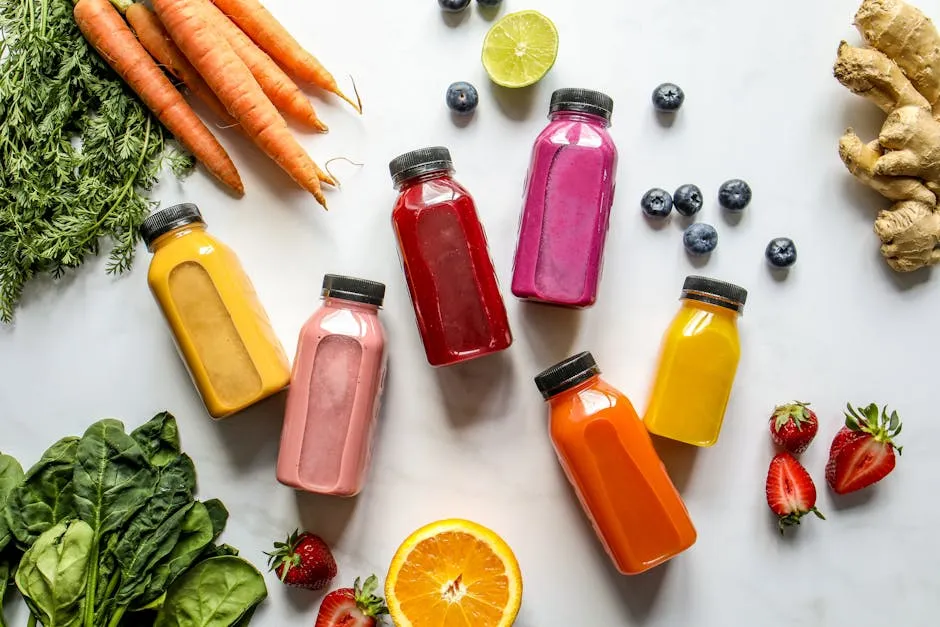
Detailed Profiles of Each Vegetable
Spinach
– Growth Requirements: Prefers well-drained soil and partial sun.
– Ideal Planting Times: Late summer for fall harvest; early spring for winter.
– Care Tips: Keep soil moist and protect from heavy frost with row covers.
Kale
– Growth Requirements: Thrives in rich, well-drained soil with full sun.
– Ideal Planting Times: Late summer for fall harvest; early spring for winter.
– Care Tips: Harvest leaves regularly to encourage new growth.
Swiss Chard
– Growth Requirements: Prefers fertile, well-draining soil and full sun.
– Ideal Planting Times: Late summer and early fall.
– Care Tips: Regularly water and remove any yellowing leaves.
Carrots
– Growth Requirements: Needs loose, sandy soil to grow long roots.
– Ideal Planting Times: Late summer for fall harvest; early spring for winter.
– Care Tips: Thin seedlings to avoid overcrowding.
Beets
– Growth Requirements: Thrives in well-drained soil with good fertility.
– Ideal Planting Times: Late summer for fall harvest; early spring for winter.
– Care Tips: Keep soil consistently moist for best growth.
Turnips
– Growth Requirements: Enjoys fertile soil and full sun.
– Ideal Planting Times: Late summer for fall harvest; early spring for winter.
– Care Tips: Space plants to allow for root development.
Broccoli
– Growth Requirements: Prefers rich, well-drained soil and full sun.
– Ideal Planting Times: Late summer for fall harvest.
– Care Tips: Protect from pests and monitor for moisture.
Cabbage
– Growth Requirements: Thrives in nutrient-rich, well-draining soil.
– Ideal Planting Times: Late summer for fall harvest.
– Care Tips: Keep soil moist and protect from pests.
Brussels Sprouts
– Growth Requirements: Prefers rich, well-drained soil with full sun.
– Ideal Planting Times: Early spring for fall harvest.
– Care Tips: Regularly check for pests and remove damaged leaves.
Garlic
– Growth Requirements: Enjoys well-drained soil and full sun.
– Ideal Planting Times: Fall for summer harvest.
– Care Tips: Mulch to protect from extreme cold.
Onions
– Growth Requirements: Thrives in rich, well-drained soil.
– Ideal Planting Times: Late summer for fall harvest.
– Care Tips: Water regularly and control weeds.
With these cold-hardy vegetables, your winter garden can be both productive and flavorful. Choose the right crops, provide them with optimal care, and enjoy the fruits (or veggies!) of your labor all winter long!

Timing Your Planting
Understanding Planting Schedules
Persephone Period
Ever heard of the Persephone Period? It’s that magical time between November and February when daylight dips below 10 hours. During this period, many plants enter dormancy. But don’t fret! This is vital for your winter garden. Knowing this helps you time your plantings perfectly. Once daylight increases, your plants will spring back to life. Mark your calendars, and get ready for spring!
Best Times to Plant
When should you plant? It varies! Refer to local gardening calendars for precise dates. A general rule: start your seeds indoors 6-8 weeks before the last frost. For outdoor planting, aim for late summer or early fall. This timing allows crops to establish before the cold hits. Consider your climate zone, too. What works in sunny California might not fly in chilly Minnesota!
Seed Starting Indoors vs. Outdoors
Starting seeds indoors is a game changer. It provides warmth and protection, giving your plants a head start. Ideal for colder climates, this method lets you grow sensitive varieties. On the other hand, sowing seeds outdoors can work if your area has mild winters. Just ensure you choose cold-hardy crops. When in doubt, check your hardiness zone and consult local experts. With a little planning, you’ll have a thriving winter garden!
And if you’re worried about keeping track of all your planting schedules, consider using a Gardening Journal for Tracking Growth. It’s a fantastic way to stay organized!

Soil Preparation for Winter Vegetables
Steps to Prepare the Soil
Soil Testing
Soil testing is essential before planting. It tells you about nutrient levels and pH balance. A simple test kit can be purchased at garden centers. Follow the instructions for accurate results. Once you have the data, you can amend your soil accordingly. Healthy soil means happy plants, and who doesn’t want that? Consider investing in a Garden Soil Test Kit to get started!
Amendments
What should you add to your soil? Organic materials, of course! Compost, well-rotted manure, and peat moss are excellent choices. They improve soil structure, enhance drainage, and boost nutrient content. Spread a generous amount over your garden bed and mix it in. Not only will your plants thrive, but you’ll also be giving back to Mother Earth.
Mulching Techniques
Mulching is your best friend in winter gardening. A thick layer of mulch helps insulate the soil, protecting it from freezing temperatures. Straw, leaves, or wood chips work wonders. They also retain moisture and suppress weeds. Plus, they break down over time, enriching your soil even more. It’s like giving your garden a cozy blanket for the winter!
And if you’re looking for some great mulch options, check out Natural Mulching Materials (Straw, Leaves) to keep your soil cozy!
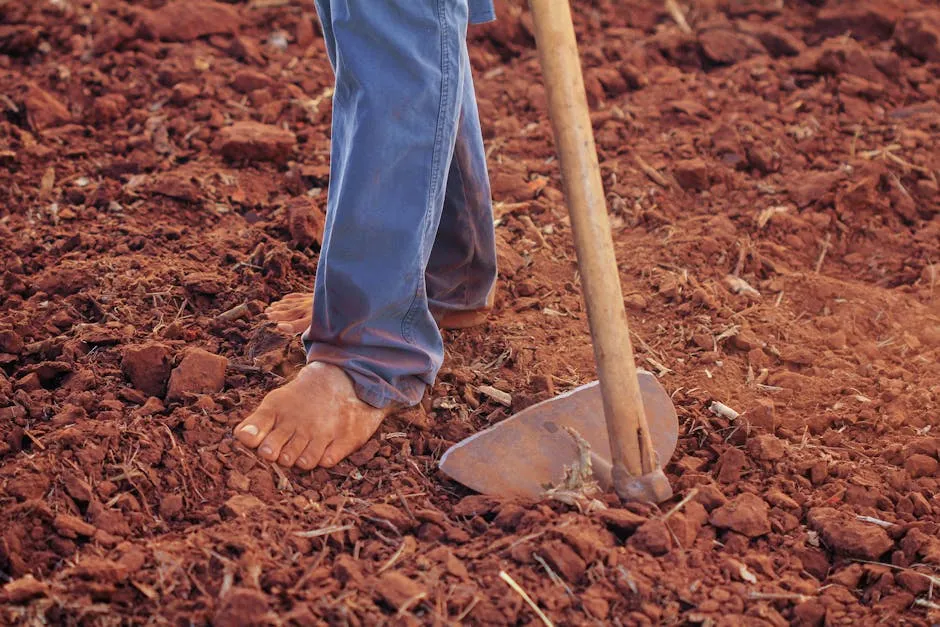
Feeding and Watering Your Winter Garden
Nutritional Needs
Fertilization
Winter vegetables require a bit of extra love! Organic fertilizers are your best buddies here. Look for options like compost, fish emulsion, or well-rotted manure. These not only feed your plants but also improve soil structure. Apply a slow-release organic fertilizer at planting time. This helps ensure your crops get nutrients throughout the chilly months. Just remember, less is more—over-fertilizing can lead to leafy greens with little flavor!
Watering Techniques
When winter rolls in, watering strategies shift. Since the ground can freeze, watering needs careful attention. Aim for deep watering sessions less frequently. This encourages roots to grow deeper, where they can find moisture. Use a drip irrigation system or a soaker hose. These methods minimize evaporation and ensure moisture reaches the root zone. And on particularly cold nights, avoid watering late in the day. Wet foliage can freeze, leading to frost damage.
Monitoring Growth
Monitor your plants like a hawk! Check for signs of stress such as wilting or yellowing leaves. These can indicate dehydration or nutrient deficiencies. Keep a close eye on the soil moisture, especially in raised beds that dry out faster. A quick dig with your finger can tell you if it’s time to water. For leafy greens, harvesting regularly encourages new growth and keeps plants healthy. Your goal is to create a thriving winter garden that brings joy to your table!
If you’re looking for a reliable way to check soil moisture, a Soil Moisture Meter can be a great investment!

Protecting Your Winter Garden
Frost and Snow Protection Strategies
Using Row Covers
Row covers are like cozy blankets for your plants! They provide insulation and protect against frost. Simply drape them over your crops, securing the edges to keep them snug. This method allows sunlight through while keeping warmth close to your greens. You can find lightweight fabric covers at garden centers. They’re easy to install and can be reused each winter, making them a gardener’s dream!
Cold Frames and Greenhouses
Cold frames and greenhouses are fantastic structures to extend your growing season. Cold frames are essentially mini greenhouses that trap heat and moisture. Build one with old windows or buy a ready-made kit. They’re perfect for hardening off seedlings and protecting tender crops. Greenhouses, on the other hand, offer more space and versatility. They allow you to grow a wider variety of vegetables year-round. Plus, who doesn’t love a warm place to escape the winter chill? If you’re interested, check out this Cold Frame Greenhouse for your garden!
Micro-climates
Creating micro-climates is a clever way to protect your plants. These are small areas in your garden that have slightly different conditions than the rest. You can achieve this by grouping plants together, using walls for windbreaks, or placing stones to absorb and radiate heat. Planting near a south-facing wall can also provide warmth. By making these adjustments, you’ll create a friendly environment for your winter veggies, ensuring they thrive despite the frost!
With these feeding, watering, and protection strategies, your winter garden will flourish! Embrace the cold and enjoy the rewards of growing fresh produce during the winter months. And don’t forget to check out Drip Irrigation Kit for efficient watering!
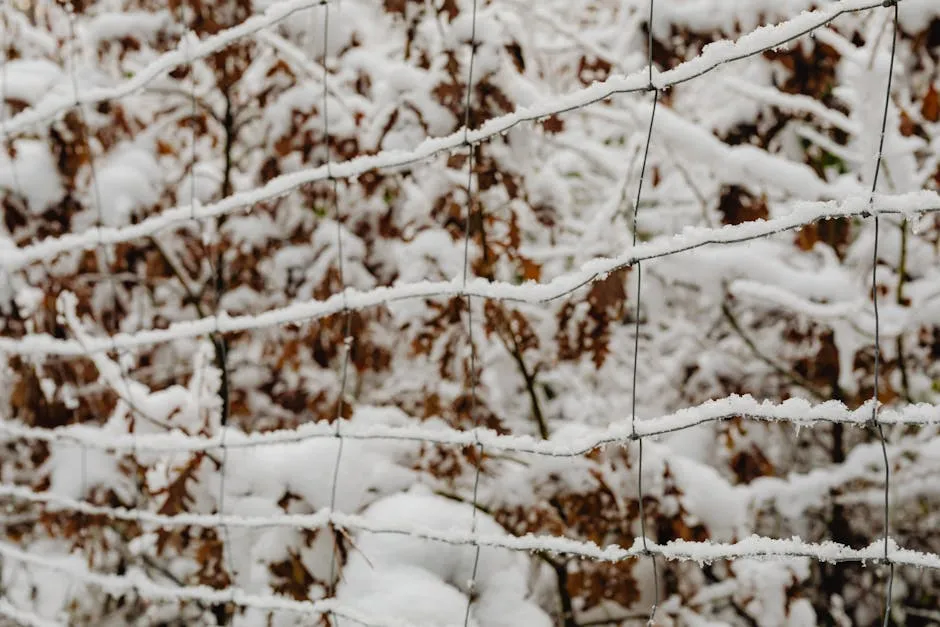
Conclusion
Winter gardening is not just a possibility; it’s a delightful adventure that can enhance both your health and happiness. Picture this: fresh greens peeking through the snow, vibrant carrots waiting to be harvested, and a sense of fulfillment knowing you’re growing your own food during the coldest months. By selecting the right vegetables suited for winter, you can create a thriving garden that not only survives but flourishes despite the frost.
Understanding the specific needs of winter crops is crucial. These hardy vegetables, like kale, spinach, and carrots, can withstand the chill and often taste even sweeter after a frost. This seasonal sweetness is nature’s gift, making your meals more flavorful and enjoyable. Plus, the act of gardening itself can boost your mood, providing a wonderful escape from the winter blues.
So why wait? Start planning your winter vegetable garden today! Gather your seeds, prepare your soil, and get ready to embrace the cold. With a little bit of effort and the right strategies, you can enjoy homegrown produce all season long. Not only will you reap the nutritional benefits of fresh vegetables, but you’ll also gain a sense of accomplishment and connection to nature. And for a little help, consider adding an Indoor Compost Bin for Home Garden to recycle your kitchen scraps!

Let winter be the season where your gardening skills shine. Transform your outdoor space into a winter wonderland filled with vibrant veggies. Your future self will thank you when you’re savoring the fresh flavors of your winter harvest while others are stuck with bland supermarket produce. Happy gardening!
FAQs
What vegetables can survive frost?
Many vegetables thrive in frosty conditions! Some of the most reliable frost-resistant varieties include kale, spinach, carrots, beets, and Brussels sprouts. These crops not only endure cold but often taste sweeter after exposure to frost.
How do I protect my garden from snow?
Managing snow can be a breeze! Use row covers to insulate your crops and prevent snow accumulation. If snow does fall, gently brush it off your plants to avoid damage. Keeping paths clear can also help with snow management.
Can I grow vegetables indoors during winter?
Yes, you can! Indoor gardening techniques allow you to grow leafy greens, herbs, and even some root vegetables throughout winter. Use containers with good drainage, provide adequate light, and maintain consistent moisture for healthy indoor plants.
What should I do if my plants don’t grow well?
Troubleshooting is key! Check for signs of pests, nutrient deficiencies, or inadequate sunlight. Adjust watering practices and consider using organic fertilizers. Sometimes, simply moving plants to a sunnier spot or providing additional protection can make a world of difference.
Please let us know what you think about our content by leaving a comment down below!
Thank you for reading till here 🙂
For more insights on enhancing your garden’s productivity, check out our article on Best organic fertilizers for vegetable gardens in small spaces.
All images from Pexels
